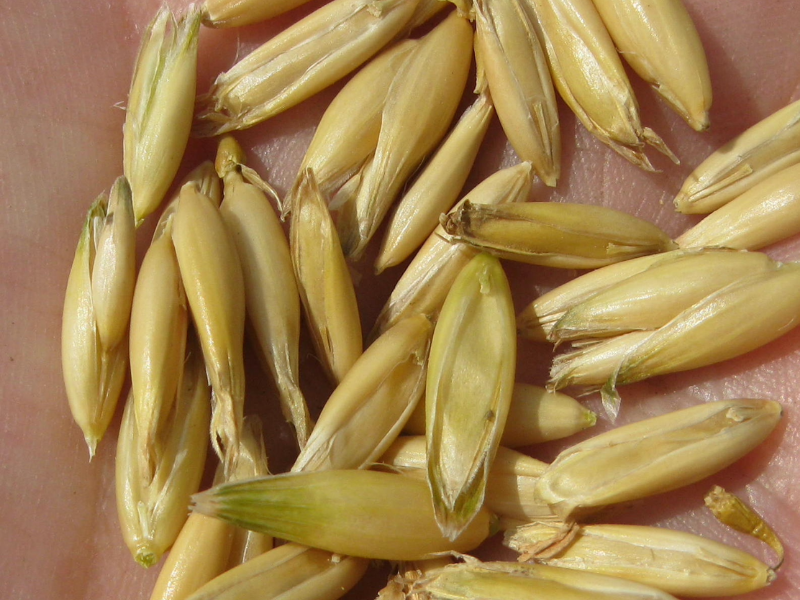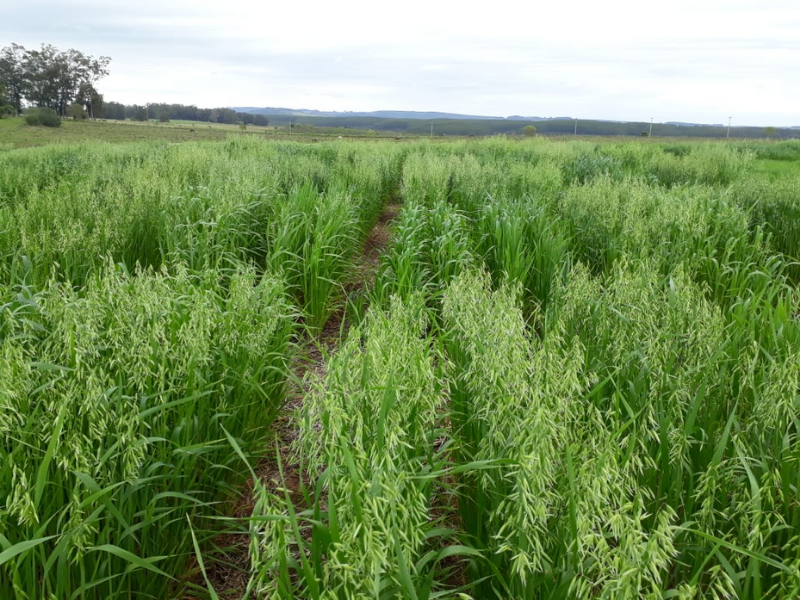Plant Science
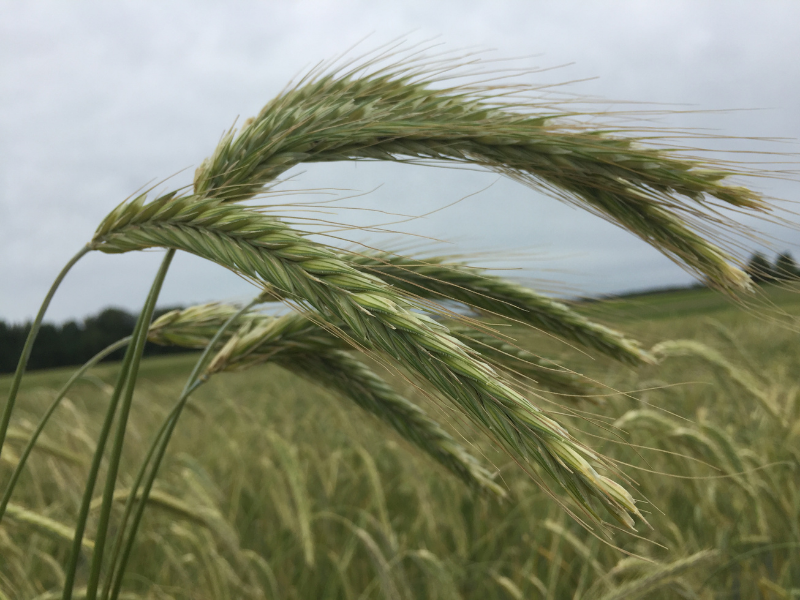
Understanding how a crop will grow in various places is key to getting more farmers to grow it. Rye is a cereal grain grown in parts of Europe, and although not a commonly grown crop in other regions, its characteristics make it a valuable option for farmers.
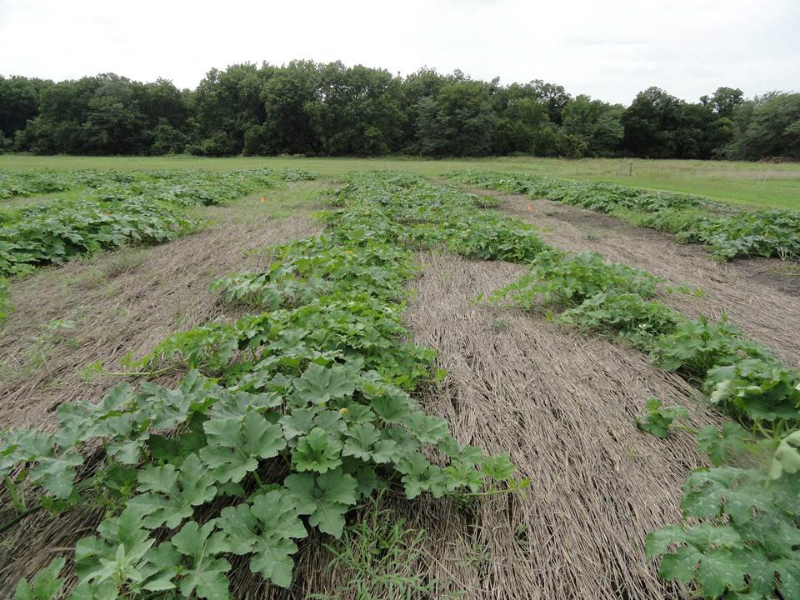
Pumpkins (Cucurbita pepo) are a common vegetable crop sold at local pumpkin patches and farmers markets. They are also used in commercial production (like canned pumpkin). In 2019, the value of harvested pumpkin was worth $180 million.
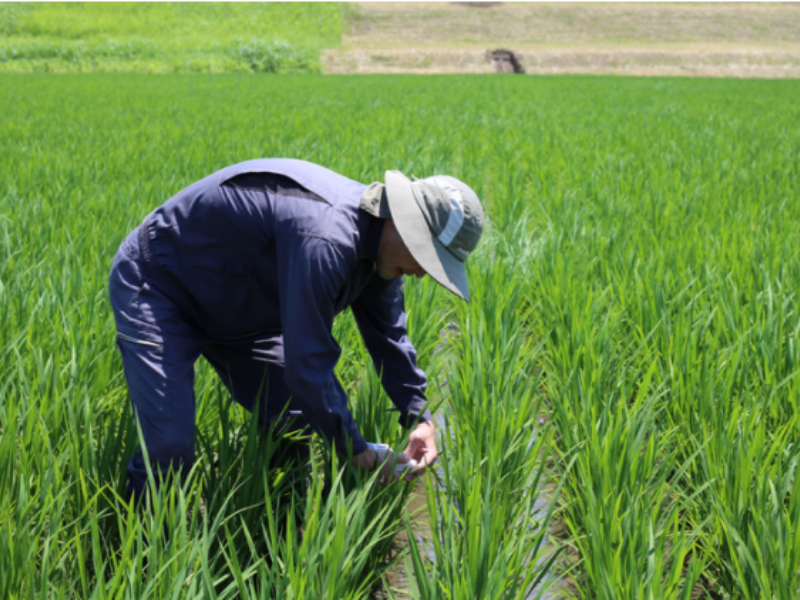
There’s a widespread problem in rice growing that you’ve probably never heard of. Rice plants that face elevated temperatures can produce “chalky grains” that are easily crushed during the milling process. This leads to lost profits because the price is lower for chalky grains than undamaged grains.
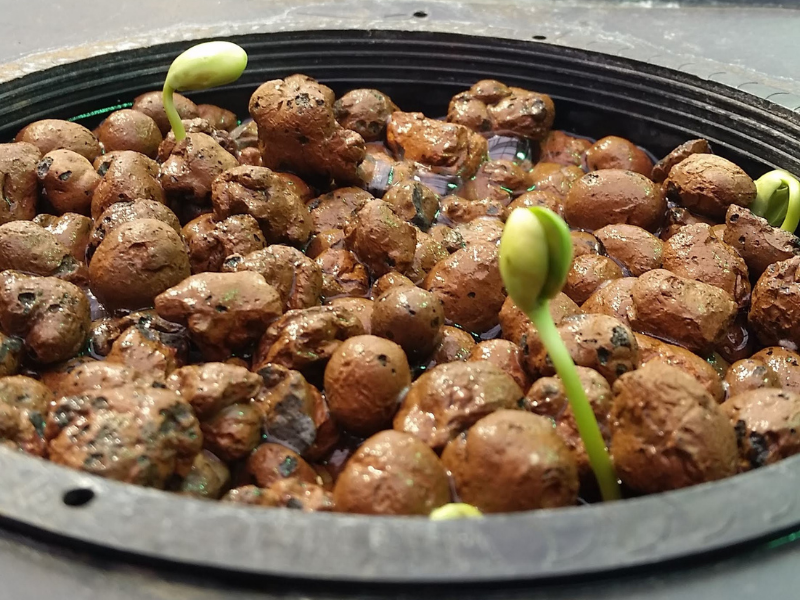
If you’ve ever looked at food labels in your local grocery store, you’ve probably seen soy listed as an ingredient. Even though soy is widespread in our foods, that doesn’t make the production of soy any easier for growers. One challenge facing soy growers is flooding.
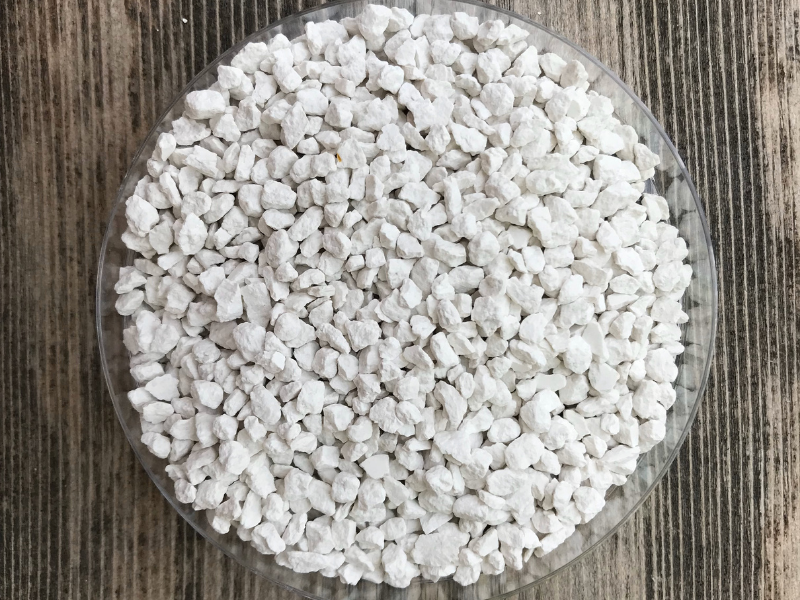
Studying new fertilizer options is the first step to getting farmers to eventually use them on their crops. A mineral called struvite has the potential to be an effective phosphorus fertilizer that may be considered organic.
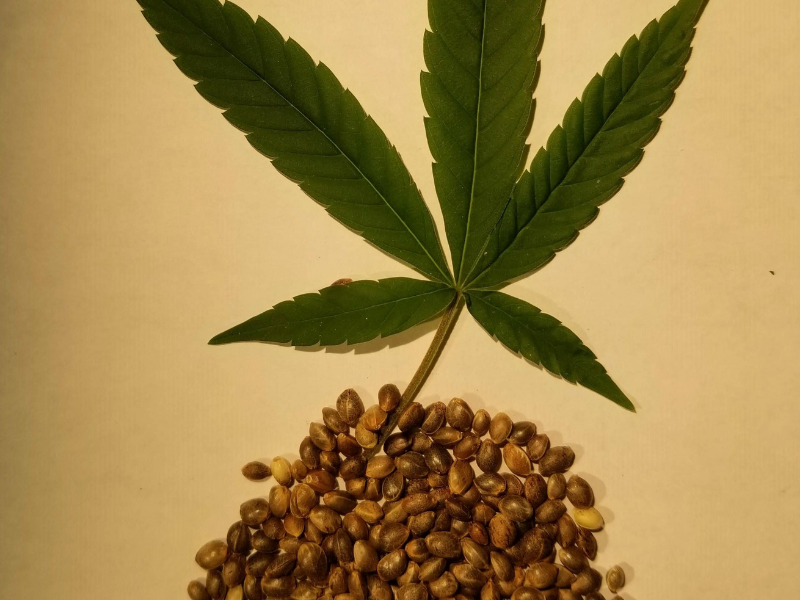
After decades of being relegated and regulated, research on industrial hemp as a valuable crop is far behind. That’s because the United States banned the use of hemp in the 1930s. The result was all research about this crop stopped, too. Now that the Farm Bill allows for the growing and use of industrial hemp, researchers have a decades-long gap in knowledge.
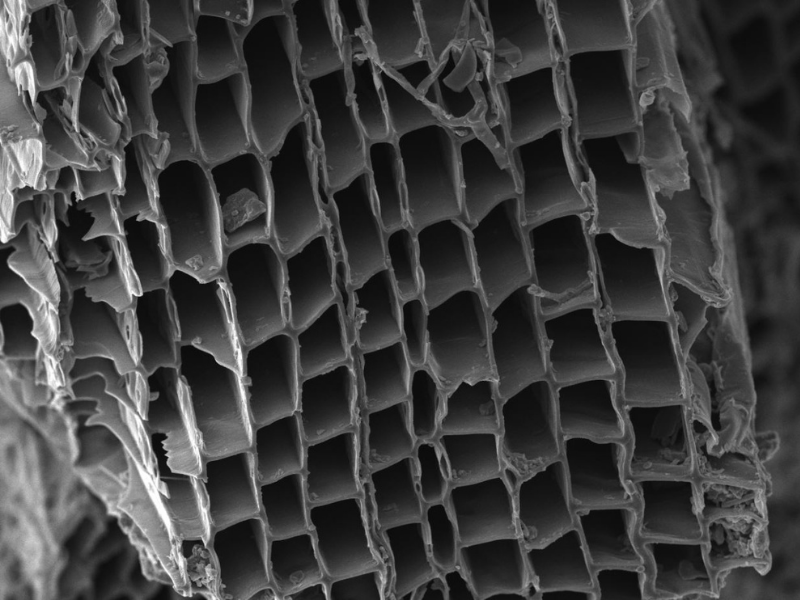
Biochar is similar to charcoal and can be added to soil with the goal of improving its quality. It can help increase nutrient and water retention. However, what happens in soil impacts fungi and plants that live there, and it is not always clear how they will react to biochar.
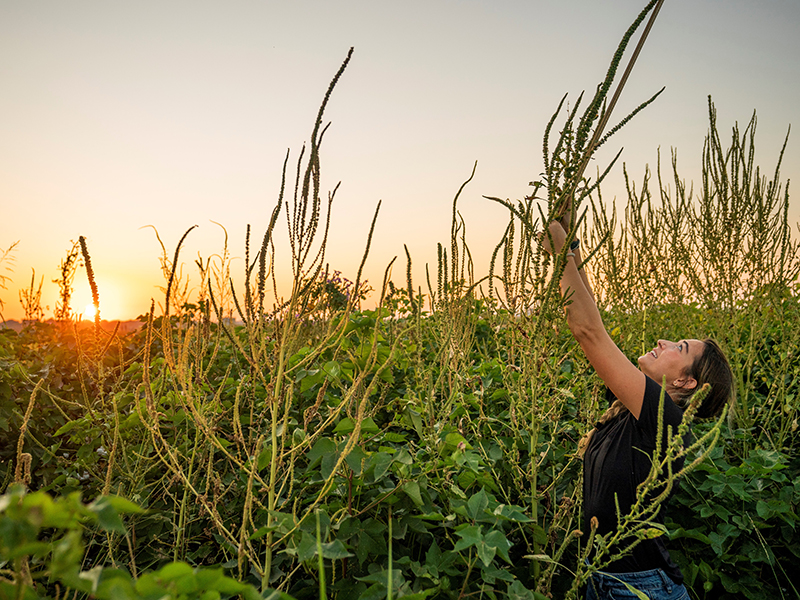
The world is warming. And fast. By 2050, it’s likely the planet will have warmed by about 3.6 degrees Fahrenheit compared to before the Industrial Revolution. That warming brings substantial changes. Storms will be stronger. People will run their air conditioners more. It will even change when and where our crops grow — and how well they perform.
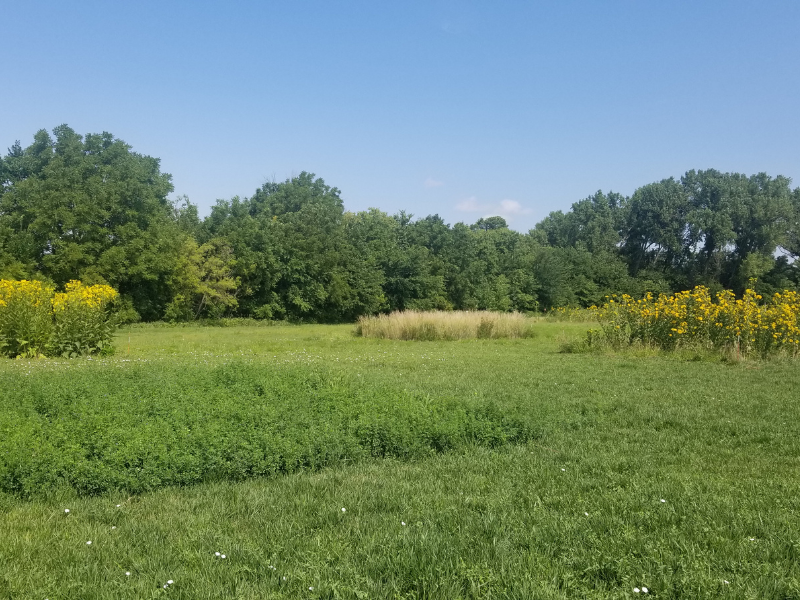
Planting beneficial plants next to gardens and crop fields large and small has been a standard practice for decades, even centuries. The plants provide what are known as ecosystem services. These include attracting pollinators and preventing weeds.

